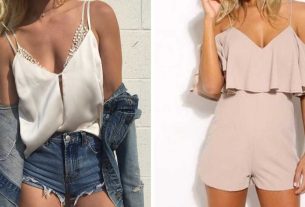Uniforms are standardized pieces of clothing and accessories that aim to facilitate the identification of a group, team or company.
You’ve probably already worn uniforms, whether at school, at work, or even to play a game. It turns out that uniforms are standardized pieces of clothing and accessories that aim to facilitate the identification of a group.
Uniforms help separate groups (or teams), generating identification. This is how it works with the uniform of a football team, for example. All players on the same team wear the same clothes. This way, they don’t mix with the other team, preventing possible mistakes or wrong ball passes.
In short, uniforms create separation from a group and, in addition, they strengthen a brand and are a marketing tool for it. But it didn’t always exist for that purpose.
Origin and History
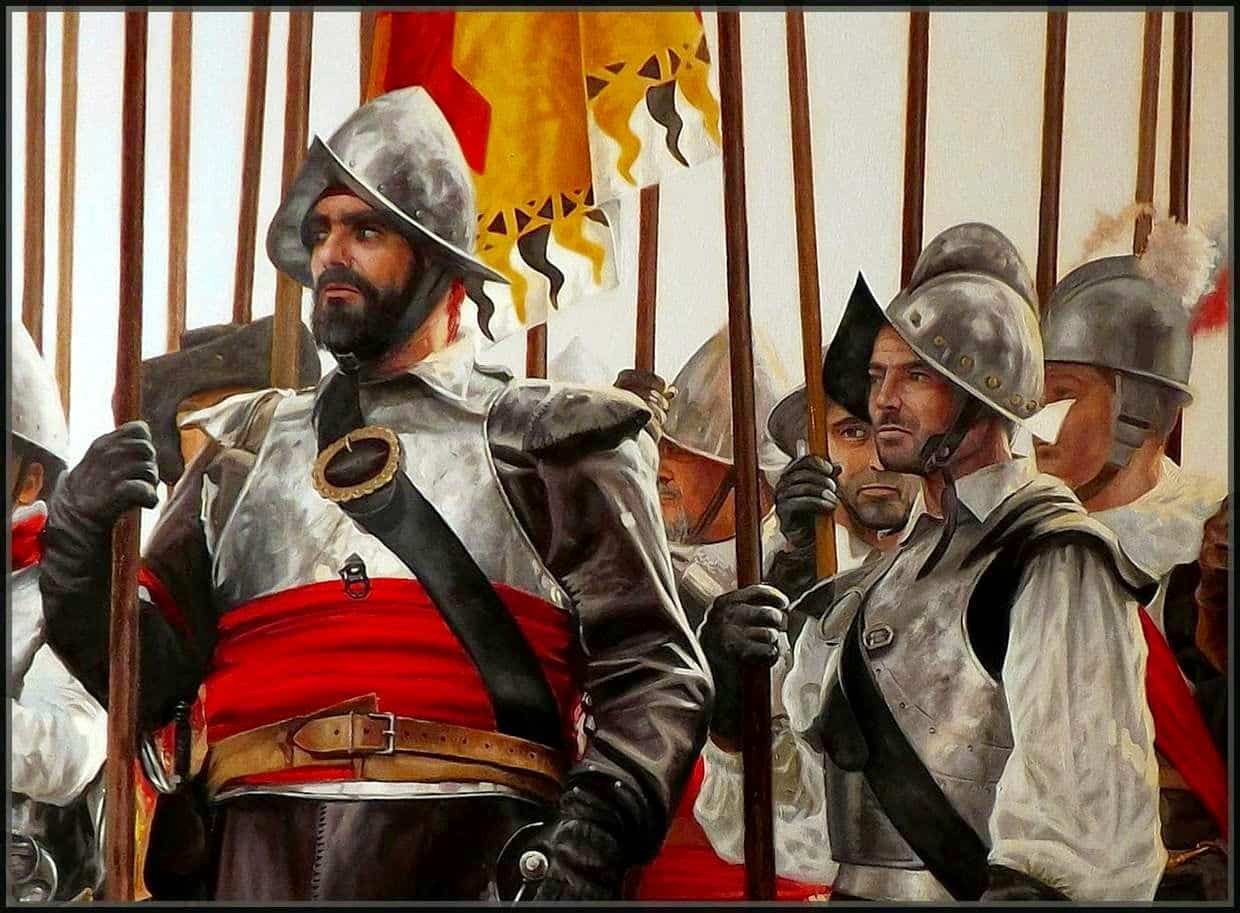
Uniforms appeared in the 15th century during wars. It was defined as a standard of dress to prevent warriors in an army from killing their companions by mistake.
With the use of uniforms, these mistakes did not occur and it was more noticeable to identify which people they were. Thus, ancient people defined symbols and costumes that showed their origins.
However, the medievals had difficulties adapting these standardized war “uniforms”, as they sometimes used very flashy costumes, which did not have a good result. Finally, many warriors died due to the ease of seeing them in the crowd and, as a result, camouflage became important.
Since then, uniforms have been used in the most diverse areas and moments to identify a group, be it corporate, football team, army, among others.
Fashion and trends

After the evolution of industry, Europe began to introduce a new trend into society. In the middle of the 19th century, suits were born with trousers, jackets and vests in dark tones.
Finally, a new proposal emerges that has become a kind of uniform and common sense in corporate environments. In a short time, suits became synonymous with elegance.
After that, several adaptations emerged depending on the climate and daily life of some countries.
The First World War also had a strong influence on the spread of uniforms around the world, as men went to war and women took over their businesses. After a while, women entered the market for the first time, which further refined the production of uniforms around the world.
As a result, uniforms ended up influencing current fashion. For example, at the beginning of the 20th century, sailor uniforms became popular and are still in fashion editorials today.
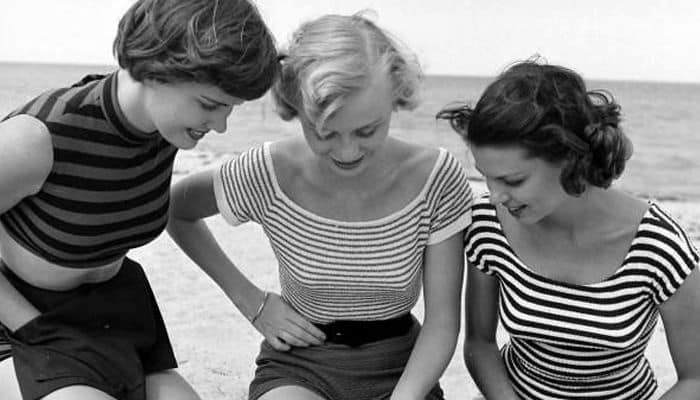
Since then, uniforms have undergone transformations in customs, behavior and industrialization, until it was common to see references on catwalks in Europe and the Americas.
Ultimately, this clothing has improved over time and is currently also a marketing tool for companies, creating a consumer desire to purchase an employee item.
Sport and Professions
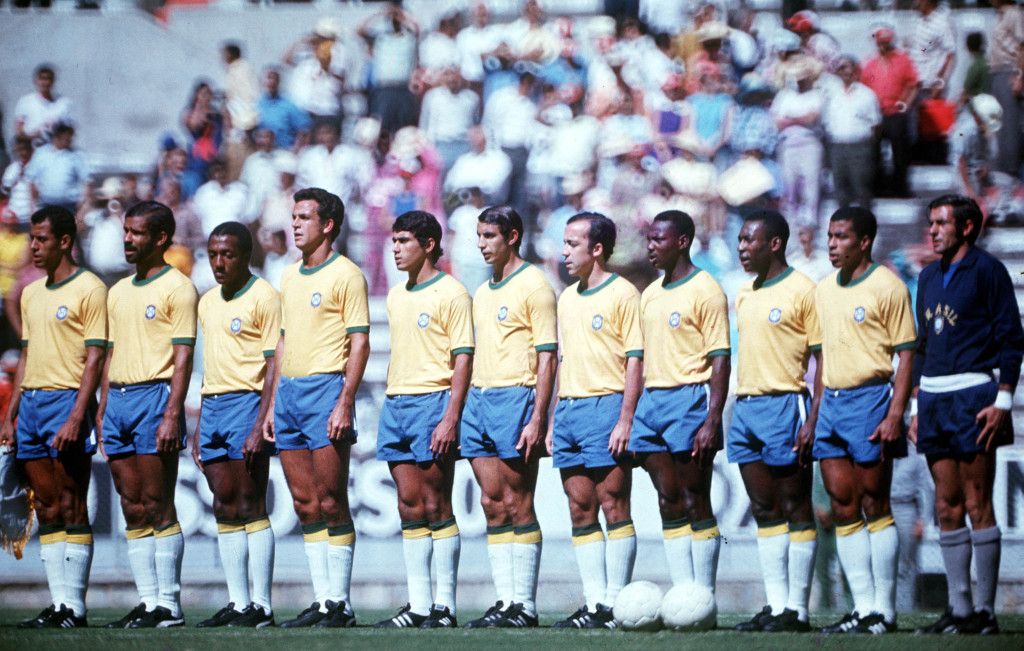
As already mentioned in the topics above, sports and professions were great exponents of the dissemination of uniforms in society. The model, cut, fabric and colors are crucially chosen in order to represent a name and a story.
Several teams around the world have undergone adaptations to their clothing in order to convey an image through the uniforms used. That’s why most people change their uniforms every year, in order to always give the team a new, up-to-date look.

Several professions are also not left behind; Mc Donald’s employees are recognizable anywhere. As well as sailors, police officers, doctors, housekeepers, athletes, among others. If you could imagine each of them, you can see the difference in fabric and cut of each outfit they wear.
Medicine, however, when uniforms were not common, used dark and dirty clothes, as it demonstrated “good work”. Coats only became white in the 19th century.
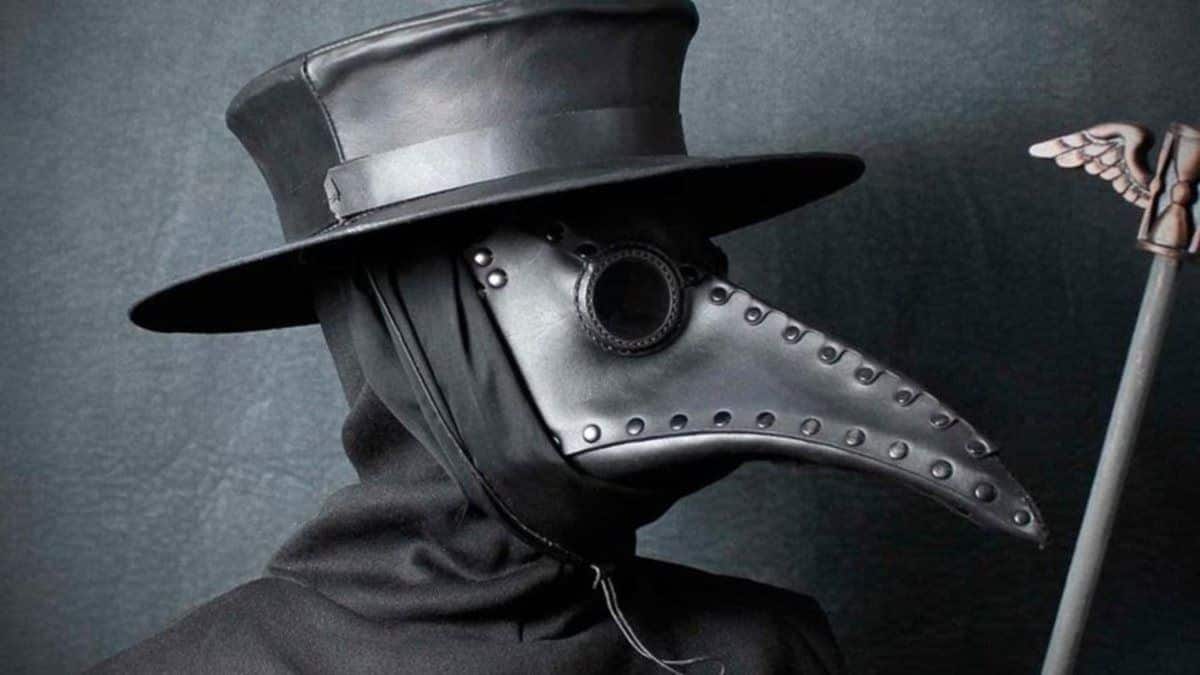
As we can see, uniforms have more history than we can imagine! They grew together with society and will remain with us for a long time, as in the past, adapting to the consumption and identification of the population. Furthermore, they are objects of marketing, fashion and passion for many fans out there.
Did you like knowing the history of uniforms? Read also: Pantone – What it is and history of the brand that standardized the colors.
Sources: W3 Uniformes, Confecção Elies, Êxito Uniformes and Audaces,
Images: Pinterest, Freepik, Universo Retrô, Virgula, Voz da Fiel and Aventuras na História.
Featured image: Voitto.

Sign up for our newsletter and stay up to date with exclusive news
that can transform your routine!
Warning: Undefined array key "title" in /home/storelat/public_html/wp-content/plugins/link-whisper-premium/templates/frontend/related-posts.php on line 12
Warning: Undefined array key "title_tag" in /home/storelat/public_html/wp-content/plugins/link-whisper-premium/templates/frontend/related-posts.php on line 13




